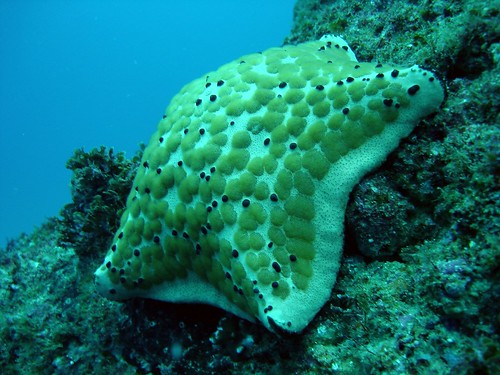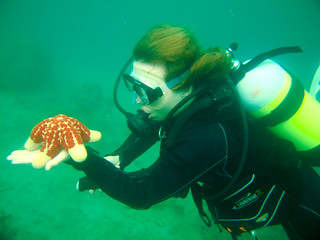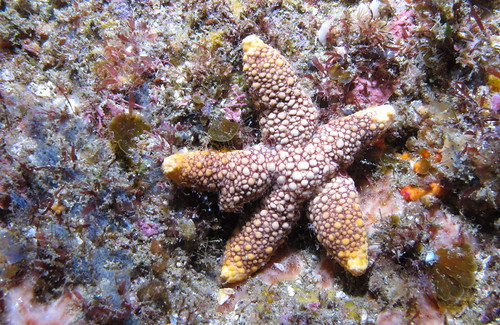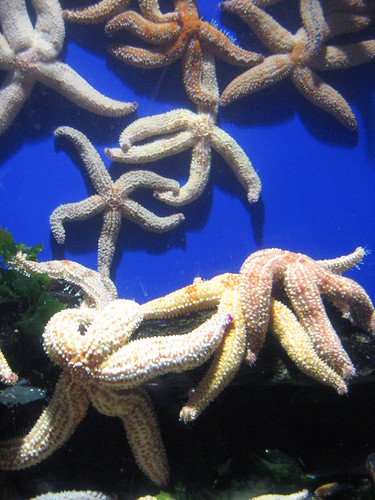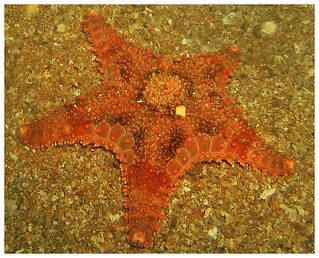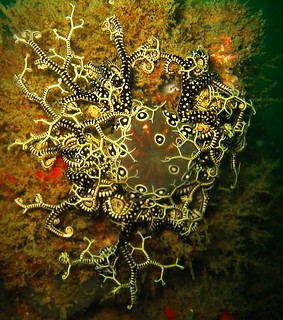Greetings to everyone from Cape Town where I've been for the last two weeks! One more left to go!
Sorry if I've been a bit quiet and off Twitter. What have I been up to? What have I been learning?
1. Identifying Starfish!
So, it turns out that the South African Iziko Museum's invertebrate zoology collection is probably the largest one of all the collections of its kind in Africa. It includes a huge number of specimens from multiple places throughout the region. So, all major groups have been building up on their shelves.
BUT sometimes, groups need the attention that a specialized scientist, such as myself can offer: in this case the taxonomic skills to identify the many shallow and deep-water species which occur in the very diverse and wonderful waters of South Africa and nearby locales in TWO different habitats: a cold-temperate water setting on the west and south coast AND a tropical water setting on the east coast. Its unusal.
The last starfish/echinoderm expert to visit Cape Town was in the mid 1970s. Specimen collection has been proceeding at a semi-regularr ate for this entire time. And so, there's a LOT of them.
These represent valuable specimens with applications to everything from ecology to natural resource management.
I've identified HUNDREDS of specimens.. some rare. some new. More on this to follow.
2. Learning about South African Starfish!
So, along with what I've been learning from specimens, I've also been in contact with an extensive network of South Africa's marine biologists, citizen scientists, and other ocean-themed folks who are likely to know about echinoderms in the region.
I've been able to experience everything from pictures of living animals to general tips about local species. And yeah.. stuff that will hopefully find its way into a published paper...
3. Observing that temperate water South African marine habitats look astonishingly like those from central California!!
Thanks to some time at the Two Oceans aquarium and talking to colleagues, I have been reminded how stunningly similar (identical) the kelp forests of temperate South Africa can be!
Most folks think of Africa as a tropical locale but I can tell you (especially since I'm here during their winter) that Cape Town gives Monterey, California a run for its money for kelp, urchins, rain and food!
A kelp forest (Macrocystis) off Cape Town
versus a kelp forest (Macrocystis) in Monterey, California
These urchins are Parechinus angulosus (Parechinidae)
these are the purple and red California urchins Strongylocentrotus purpuratus and Mesocentrotus franciscanus (Strongylocentrotidae)
In the case of the sea urchins, they're ENTIRELY different species in different families but they do appear to show some ecological similarities...
4. Giving workshops & presentations on Starfish & more!
OUTREACH! By now, its probably clear that I am not one to shy away from sharing what I know about echinoderms with everyone. Part of the plan for my visit to Cape Town was to share what I knew with students and colleagues.
So, far I've given a workshop on the classification and taxonomy of starfish as well as a talk on deep-sea biodiversity at the Two Ocean Aquarium! One more talk at the University of Cape Town next week!
Have been LOVING talking to local citizen scientists, students and the MANY interested natural history enthusiasts in the area!
5. Encountering familiar names & history far from home....
So, even though I'm on another continent, there are a lot familiar names and a lot of shared history with my other friends and colleagues who have worked in South Africa-especially at the Iziko Museum!
These two specimens for example show collected specimens and work by several of my colleagues. Gary Williams is curator of cnidarians at the California Academy of Sciences. Terry Gosliner, is the curator of mollusks/nudibrancs at the same institution. Angel Valdes is another colleague who works on nudibranchs...
Its interesting how much of what I encounter here is part of this greater shared legacy in Invertebrate Zoology.


Another unexpected finding was this specimen, apparently identified
by Smithsonian echinoderm worker and friend, Cynthia Ahearn who passed away many years ago. She often identified specimens for colleagues. This one was from 2002, in her distinctive writing and on a Smithsonian identification tag...
More Next Week!




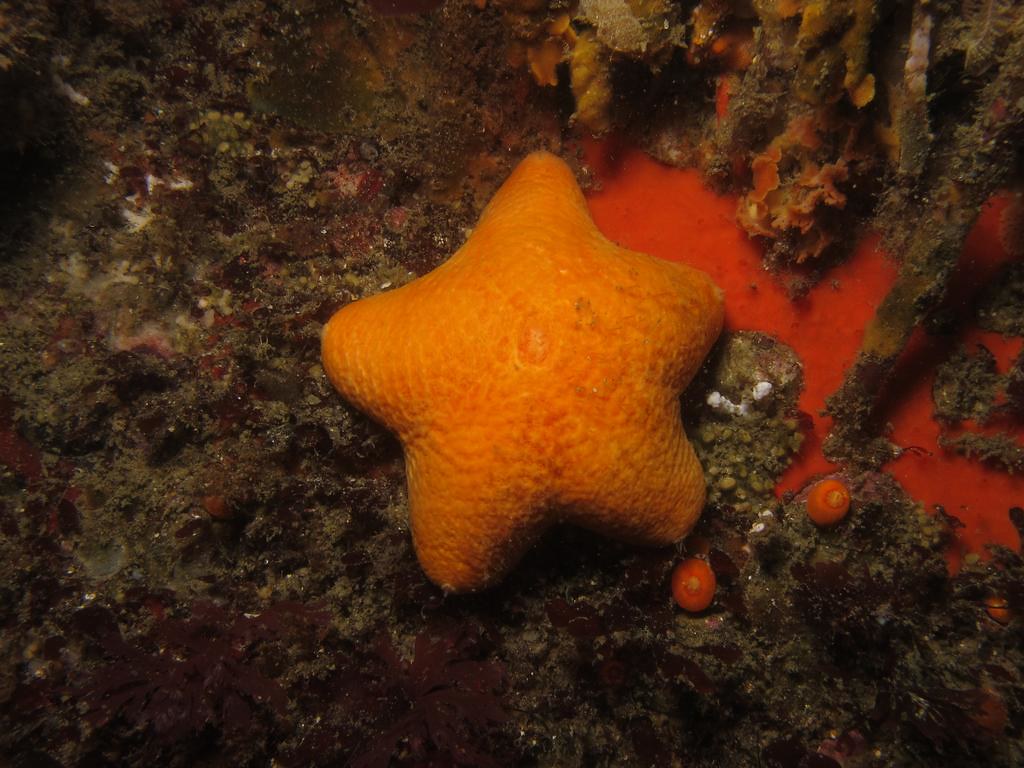

























![2009 01 08 - 00500 [6757]](http://farm4.staticflickr.com/3348/3221835837_7939149550.jpg)
![2009 01 08 - 00501 [6758]](http://farm4.staticflickr.com/3304/3221836543_bff9359502.jpg)




